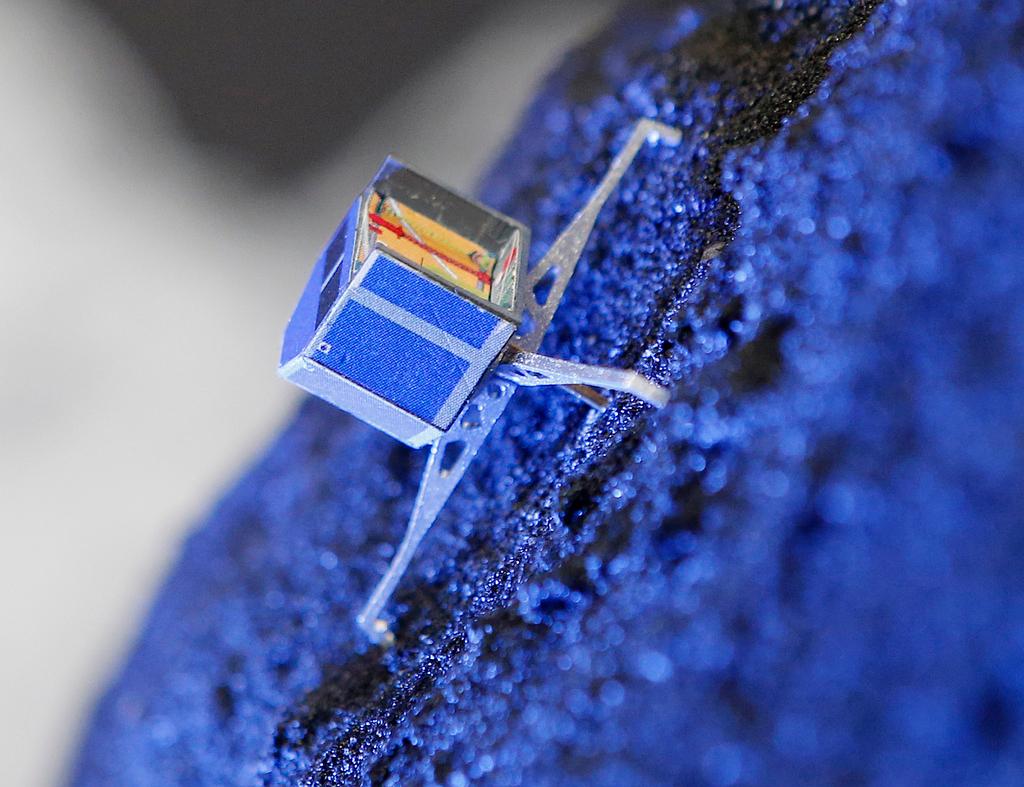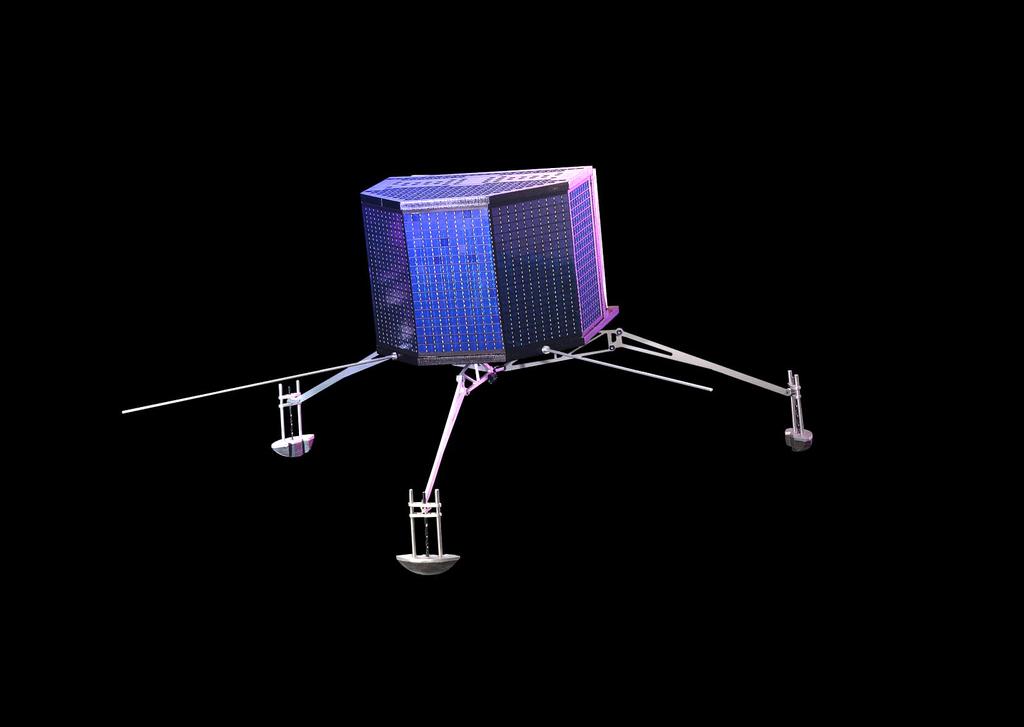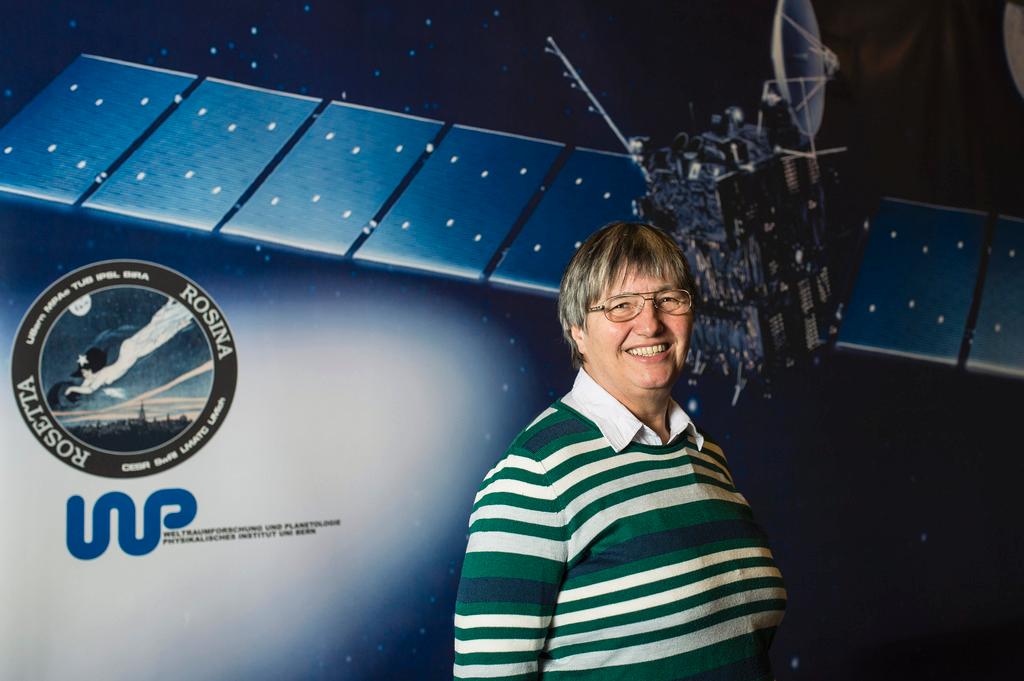Rosetta’s comet contains ingredients for life

Swiss-led scientists say that the simple amino acids glycine and phosphorus, key components of DNA and cell membranes, have been found around the comet Churyumov-Gerasimenko which a robot landed on in 2014.
They have been examining data from the ROSINA (Rosetta Orbiter Spectrometer for Ion and Neutral Analysis), a project examining the properties of the atmosphere surrounding the comet known as “Chury”. A European Space Agency External link(ESA) project landed a probe on Chury in November 2014 in a worldwide first.
Researchers have now detected glycine, a biologically important compound commonly found in proteins, in the comet’s fuzzy atmosphere, or coma. The finding provides clues as to how the building blocks of life may have reached Earth.
“This is the first unambiguous detection of glycine in the thin atmosphere of a comet,” said Kathrin AltweggExternal link, principal investigator of the ROSINA instrument at the Center of Space and Habitability of the University of Bern and lead author of the study. The results are being publishedExternal link on Science Advances, part of the journal Science.
ROSINAExternal link was developed and constructed by an international consortium under the direction of the University of Bern’s physics institute.
Hints and detection
NASA’s Stardust mission that flew past the comet Wild 2 in 2004 found hints of glycine, but terrestrial contamination of the dust samples during analysis could not be ruled out, a University of Bern statement said on Friday.
The first detection of glycine on Chury occurred in October 2014, but most measurements were taken during August 2015 at the closest point to the sun along the comet’s orbit where the outgassing was the strongest, it added.
Researchers also detected the organic molecules methylamine and ethylamine, which are precursors to forming glycine. Glycine is the only amino acid that can form without liquid water.
Phosphorus
Phosphorus, a key element in all living organisms and which is found in the structural framework of DNA and RNA, was also detected by ROSINA. RNA, or ribonucleic acid, is one of the three major biological macromolecules essential for all known forms of life, along with DNA and proteins.
“The multitude of organic molecules already identified by ROSINA, now joined by the exciting confirmation of fundamental ingredients like glycine and phosphorous, confirms our idea that comets have the potential to deliver key molecules for prebiotic chemistry,” said Matt Taylor, Rosetta project scientist at the ESA, in the statement.
“Demonstrating that comets are reservoirs of primitive material in the solar system, and vessels that could have transported these vital ingredients to Earth, is one of the key goals of the Rosetta mission, and we are delighted with this result.”

In compliance with the JTI standards
More: SWI swissinfo.ch certified by the Journalism Trust Initiative











You can find an overview of ongoing debates with our journalists here . Please join us!
If you want to start a conversation about a topic raised in this article or want to report factual errors, email us at english@swissinfo.ch.